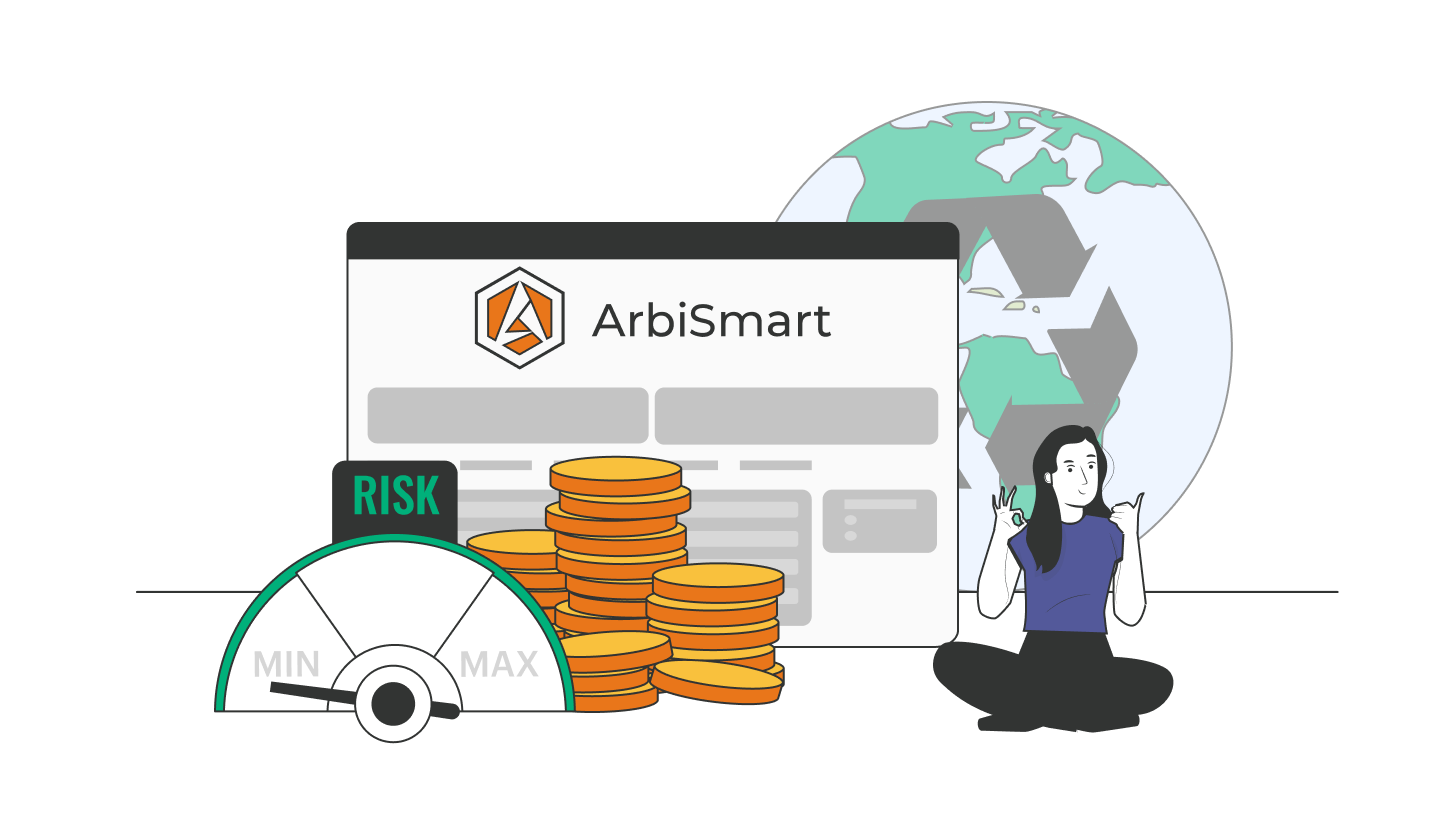5 Ways Blockchain Technology Can Fight Climate Change
In the last couple of years, the spotlight has been shined on the potentially negative environmental impact of the crypto market, through Bitcoin mining. However, blockchain -based technologies are now being used in a variety of innovative ways, specifically to help fight climate change.
Climate Action Financing
Blockchain technology can aid climate action by creating a transparent, secure, and efficient platform for climate financing, which can help mobilize private sector investments and enable greater participation from stakeholders.
Blockchain can be used to tokenize climate assets, such as renewable energy projects or emissions reductions, and create a transparent marketplace where these assets can be traded. This can help increase liquidity and access to capital, while also cutting costs.
Blockchain can also enable decentralized crowdfunding platforms for climate action, which can connect climate-related projects with individual and institutional investors from around the world. These platforms can use smart contracts to automate the investment process and provide greater transparency and security.
In addition, blockchain technology canhelp verify the impact of climate-related investments, by creating a tamper-proof record of the data used to calculate the emissions reductions or other climate benefits. This can help increase trust in the investments and ensure that the climate impact claimed is accurate and verifiable.
Blockchain-based smart contracts can be used to automate the financing process, reducing the need for intermediaries and increasing efficiency. For example, a smart contract could automatically transfer funds from investors to projects once certain conditions have been met, such as verification of emissions reductions or other climate benefits.

Carbon Credits
Blockchain technology can aid in clean energy trading, by creating a transparent and secure marketplace for carbon credits, which can incentivize the development and deployment of renewable energy sources.

Blockchain can be used to create and verify carbon credits that are tied to specific renewable energy projects, such as wind or solar power installations. These credits can be verified using blockchain-based smart contracts.
Through the creation of a transparent and immutable ledger of carbon credits, blockchain can help prevent fraud and double-counting. Each credit can be represented as a unique token on the blockchain, which can be tracked throughout the entire offset process, from creation to retirement.
Blockchain can also allow for a decentralized trading system, where buyers and sellers can directly exchange carbon credits without the need for a central authority. This can increase competition and reduce transaction costs.
Blockchain-based smart contracts can be used to automate the settlement process, reducing the need for intermediaries and increasing efficiency. For example, a smart contract could automatically transfer carbon credits from a seller to a buyer once certain conditions have been met, such as verification of emissions reductions.
Monitoring Greenhouse Gas Usage
Blockchain technology can be used for monitoring the use of lifecycle greenhouse gas (GHG) emissions by creating a tamper-proof and transparent record of the data related to GHG emissions. Here are a few ways in which blockchain technology can be utilized:
Blockchain can be used to create a transparent and immutable ledger of GHG emissions data. Each piece of data can be represented as a unique token on the blockchain, which can be tracked throughout the entire lifecycle of the product, from production to consumption.
Blockchain can be used to verify that the GHG emissions data is accurate and verifiable, by creating a tamper-proof record of the data used to calculate the emissions. This can increase trust in the emissions data and ensure that the emissions reductions claimed are accurate and verifiable.
Smart contracts can be used to automate the monitoring process, reducing the need for intermediaries and increasing efficiency. For example, a smart contract could automatically trigger a notification to a producer or consumer when the GHG emissions exceed a certain threshold, or when certain emissions reduction targets are met.

A decentralized monitoring system, means data can be collected from multiple sources and shared across multiple parties without the need for a central authority. This can increase transparency and reduce the risk of fraud or manipulation.
Green Crypto Investments
Investing in green crypto funds is one way to support sustainability in the crypto industry. Green crypto funds are investment vehicles that invest in cryptocurrencies that prioritize sustainability and environmental responsibility. These funds may also invest in companies that develop and promote sustainable crypto mining technologies and practices.
Additionally, investors can consider investing in renewable energy projects that support the crypto industry, such as solar or wind farms that power cryptocurrency mining operations. These projects not only support sustainable energy development but also contribute to the growth of the crypto industry.

Environmentally-friendly Crypto Storage
How a crypto holder stores and profits from their crypto is also a major factor. A Proof-of-Stake (PoS) Blockchain is generally considered to be more energy-efficient than proof-of-work (PoW) blockchains, such as Bitcoin. PoS blockchains do not require the intensive computational work that PoW blockchains do, which significantly reduces energy consumption. The greenest way to perform wallet staking is to choose a PoS blockchain help reduce the environmental impact of staking while still supporting the network and earning rewards.

Generally, PoS protocols use randomly selected validators to confirm transactions and create new blocks. Here at ArbiSmart though, our yield-generating wallet and financial services hub uses client funds in a manner that in no way harms the environment, while minimizing risk and maximizing revenue.

Platform held funds are used to perform automated crypto arbitrage, a low risk, volatility-resistant investment strategy that generates a profit of up to 49% a year. This is true for wallet balances in all 30 supported FIAT and cryptocurrencies except for RBIS the native token, which generates profits of up to 147% a year. Stakers enjoy daily payouts which remain consistent, regardless of the actions of other staking participants or the current direction of the market.
As we can see, while blockchain-based developments haven’t always been environmentally friendly, the technology hold the potential for creating a far greener future for everyone.
To learn more about all kinds of issues currently impacting the crypto market and a wide variety of crypto investments strategies, check out the ArbiSmart blog.